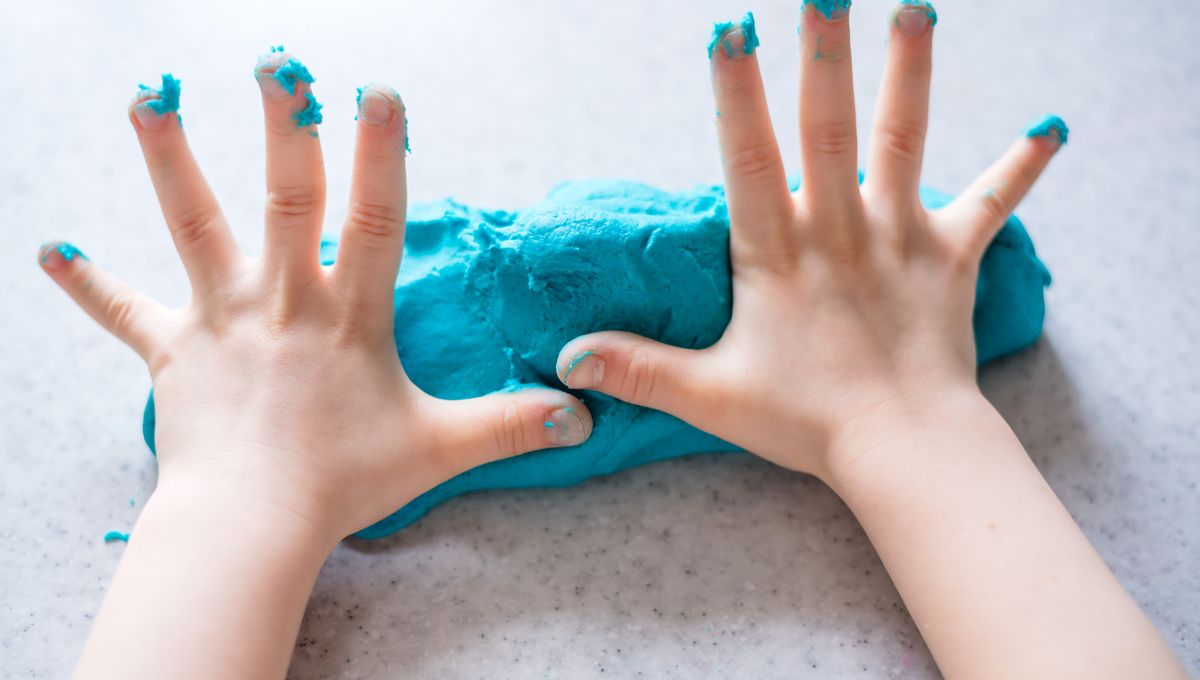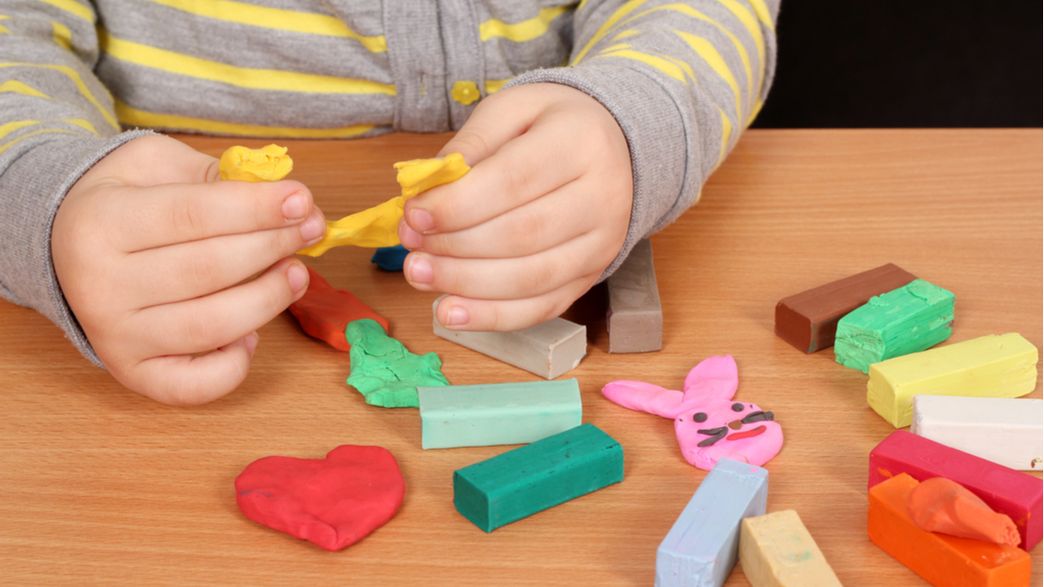Did you know that something as simple as picking up your coffee cup while browsing through the latest news on IFLScience is actually quite a complex process for your brain? It has to ensure that your hands apply just the right amount of force. Too little, and that cup won’t budge from the desk. Too much, and you’ll end up with smashed porcelain and a hot coffee spill.
Our fingertips have tactile neurons that constantly register the forces being applied to our hands by sensing deformations to the skin. They relay this information back to the brain.
The tissue of our fingertips is what scientists call “viscoelastic.” It behaves like a solid and a liquid at the same time. A great example of this is silly putty. If you roll it into a ball and drop it, it will bounce a little, showing elasticity. But if you leave it on a table for a while, it will slowly flatten out and flow like a liquid, displaying viscosity.
“The viscoelasticity of the human fingertip means that any deformation caused by a force acting on the fingertip lasts longer than the force itself,” explained Hannes Saal, a senior lecturer in the Department of Psychology at the University of Sheffield.
So, Saal and his colleagues conducted a study to understand how this physical memory of the fingertip affects the signaling of tactile neurons during natural hand use.
They used a specially designed robot to apply forces to the fingertips of 33 human volunteers. By measuring nerve responses using electrodes inserted into the volunteers’ peripheral nerves, they discovered that previous forces had an impact on subsequent neuronal responses.
The team found that this effect was linked to the fingertip’s viscoelastic memory. They concluded that as these groups of tactile neurons relay information to the brain, they carry with them the memory of past stimulation.
Further research is needed to fully understand how the brain utilizes this information. However, the authors believe that having a more detailed understanding of the recent forces applied to the fingertips allows the brain to plan and execute actions more accurately.
“Our findings suggest that populations of tactile neurons provide a continuous stream of information to the brain about the viscoelastic deformation state of the fingertip,” said senior author Roland Johansson. “It is plausible that the brain employs this information to estimate the fingertip’s state during the planning and evaluation of tactile-based actions.”
This study, published in eLife, opens up intriguing possibilities for future research in this field.








